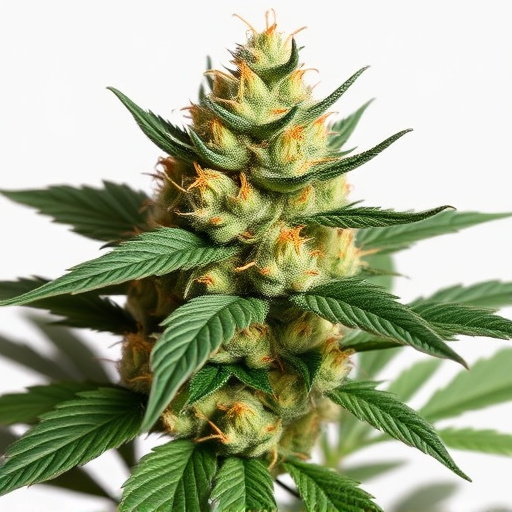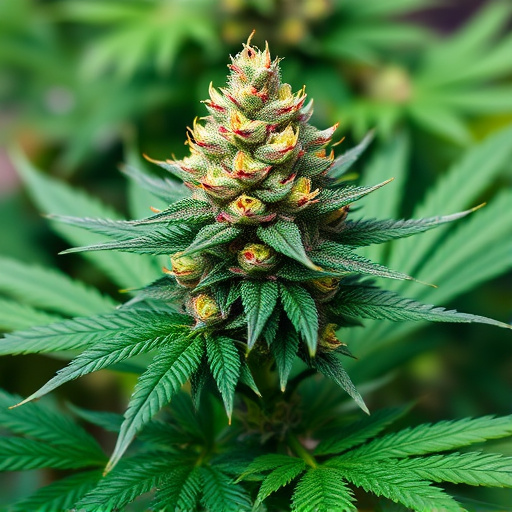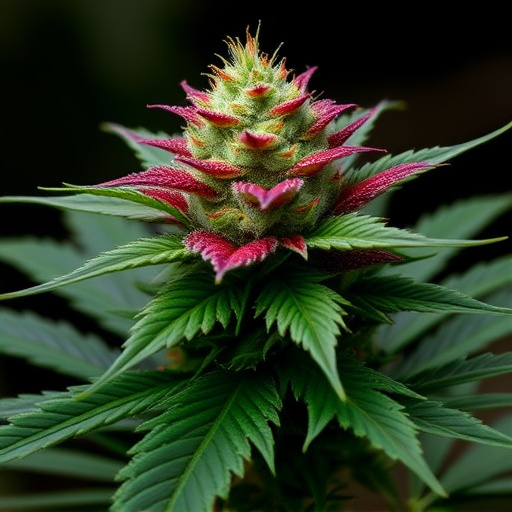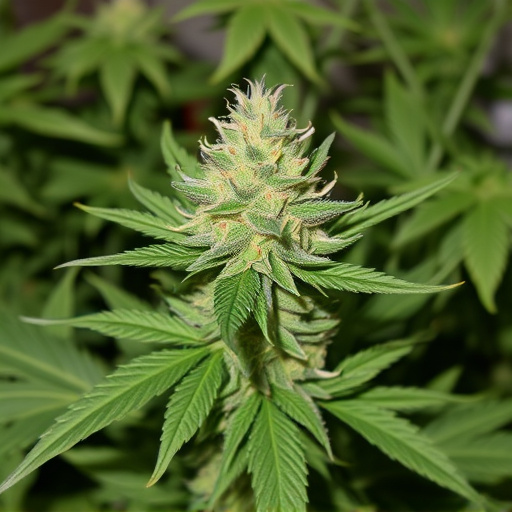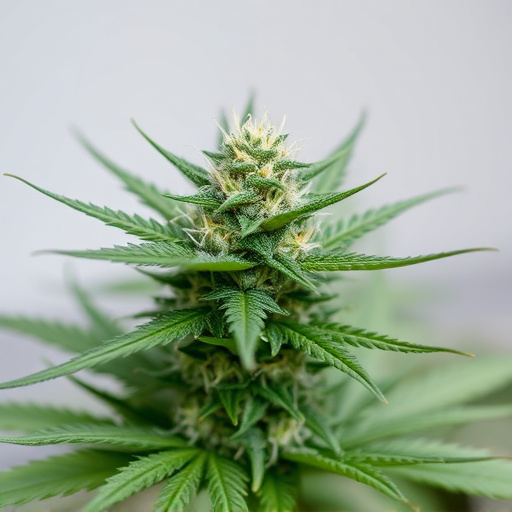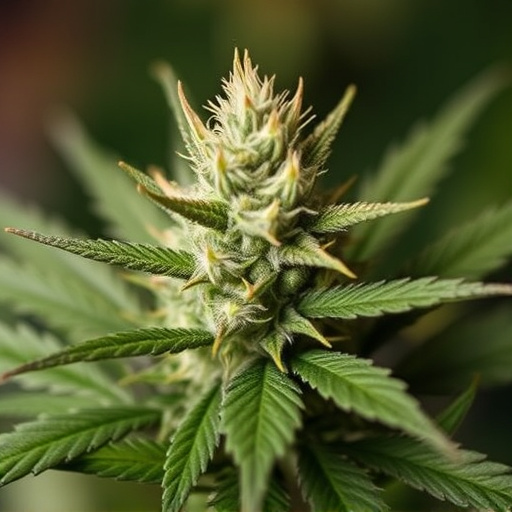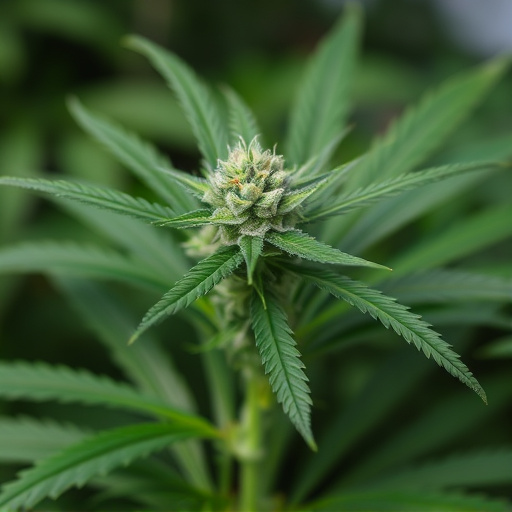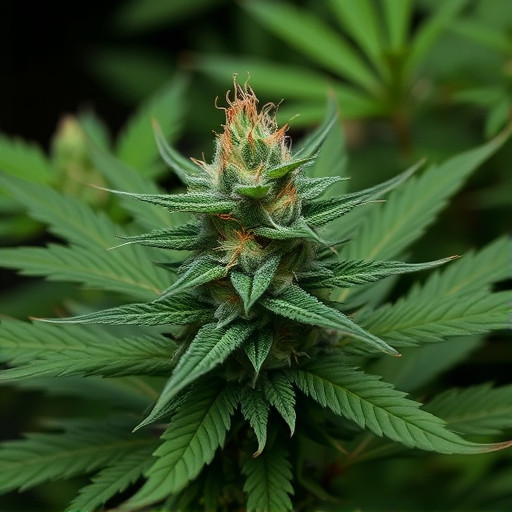Low odor cannabis strains, rich in CBD and minimal THC, are gaining popularity as a discreet, alternative treatment for chronic pain. These strains interact with the body's endocannabinoid receptors to provide significant anti-inflammatory and analgesic benefits without psychoactive effects. Different consumption methods like edibles and topicals offer precise dosing, convenience, and localized relief respectively, allowing individuals to tailor cannabis use to their unique needs, enhancing pain management while minimizing drawbacks.
Cannabis flowers have gained attention as a potential aid for pain management, offering a natural alternative to conventional medications. This article explores the science behind cannabis’ pain-relieving properties and delves into specific strategies, such as utilizing low odor cannabis strains, for effective chronic pain management. We’ll discuss various consumption methods to ensure optimal relief, providing insights for those seeking holistic solutions for their pain.
- Understanding Cannabis Flowers and Their Pain-Relieving Properties
- The Role of Low Odor Cannabis Strains in Managing Chronic Pain
- Exploring Effective Consumption Methods for Optimal Pain Relief
Understanding Cannabis Flowers and Their Pain-Relieving Properties
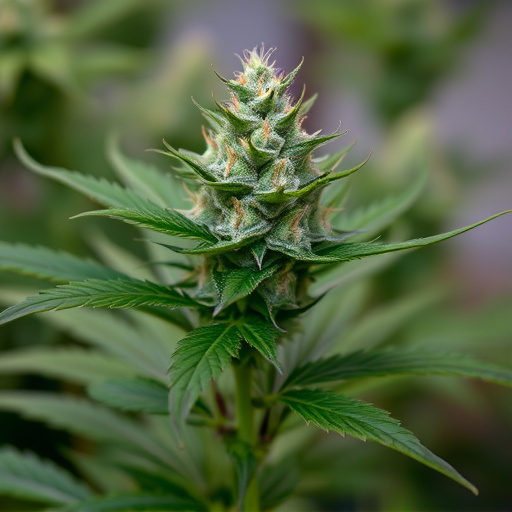
Cannabis flowers, also known as buds, are the most recognizable and sought-after part of the cannabis plant for medicinal and recreational purposes. These delicate blooms pack a powerful punch when it comes to providing relief from pain, thanks to their diverse chemical composition. Cannabis flowers contain a range of compounds, including cannabinoids like THC and CBD, terpenes, and flavonoids, each contributing to its unique therapeutic effects.
Among these, cannabinoids are believed to be the primary drivers of cannabis’s pain-relieving properties. For instance, THC interacts with endocannabinoid receptors in the brain and body, modulating pain signals. Meanwhile, CBD, often favored for its non-intoxicating effects, has also been studied for its potential to reduce inflammation and interact with other receptors involved in pain perception. Certain low odor cannabis strains are preferred by users seeking these pain-relieving benefits, as they offer a more subtle experience without the strong, distinctive aroma associated with some varieties.
The Role of Low Odor Cannabis Strains in Managing Chronic Pain
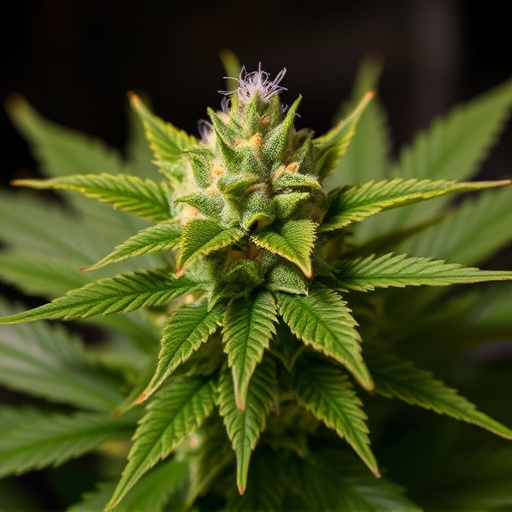
For individuals managing chronic pain, low odor cannabis strains have emerged as a promising alternative treatment option. These strains, often known for their subtle aromas and flavors, offer several advantages in alleviating persistent pain conditions. The key lies in their unique chemical composition, particularly high levels of cannabidiol (CBD) and low tetrahydrocannabinol (THC) content.
CBD is well-documented for its anti-inflammatory and analgesic properties, making it highly effective in reducing chronic pain without inducing the psychoactive effects associated with THC. Low odor cannabis strains, therefore, provide a discreet and potentially less intimidating way to manage pain, allowing users to benefit from CBD’s therapeutic effects while enjoying a more subtle sensory experience.
Exploring Effective Consumption Methods for Optimal Pain Relief
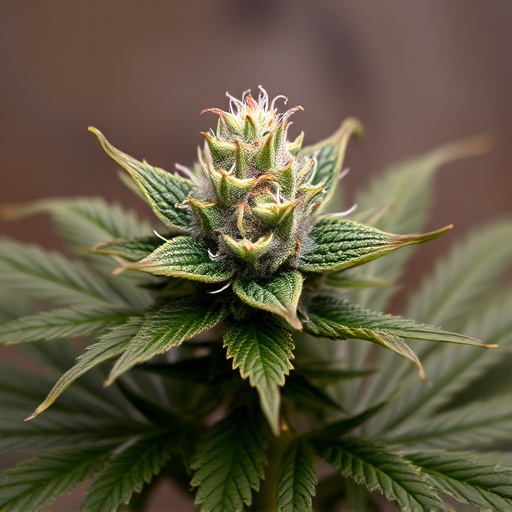
When exploring cannabis for pain management, understanding effective consumption methods is key to achieving optimal relief. Different consumption techniques offer varied benefits tailored to individual needs and preferences. For instance, low odor cannabis strains are increasingly sought after in discreet settings or when sensitive to pungent aromas. Edibles provide a slow-acting but long-lasting solution, ideal for managing chronic pain over extended periods. Topicals, such as balms and creams, offer localized relief without the potential psychoactive effects of inhalation or ingestion.
Each method has its advantages. Edibles allow precise dosing and can be particularly effective for targeted pain points. Topicals are convenient for on-demand relief and are less likely to impact cognitive functions. Inhaling cannabis through vaporizers or smoke allows immediate relief but requires careful monitoring to avoid overexposure. Exploring these methods encourages individuals to find the most suitable approach, enhancing their overall experience with cannabis as a pain management tool while minimizing potential drawbacks.
Cannabis flowers offer a promising natural alternative for managing pain, with specific attention to low odor cannabis strains. Their pain-relieving properties, backed by scientific research, make them a viable option for those seeking chronic pain management. Effective consumption methods, as explored in this article, ensure optimal pain relief tailored to individual needs. By choosing the right strain and method, individuals can experience significant improvements in their quality of life.
